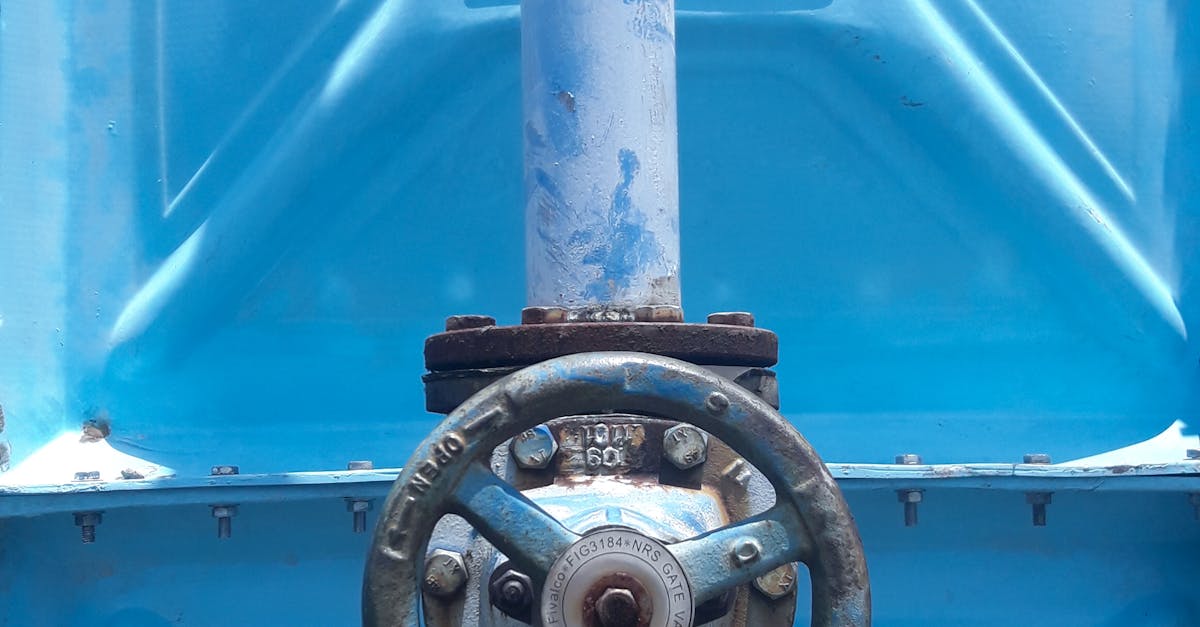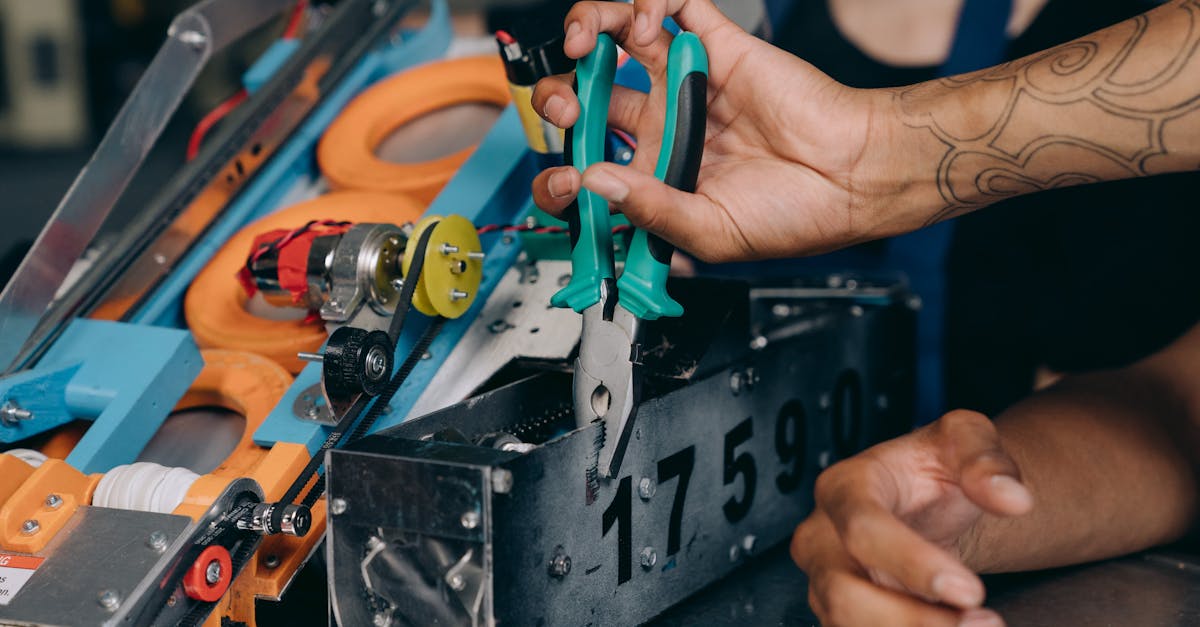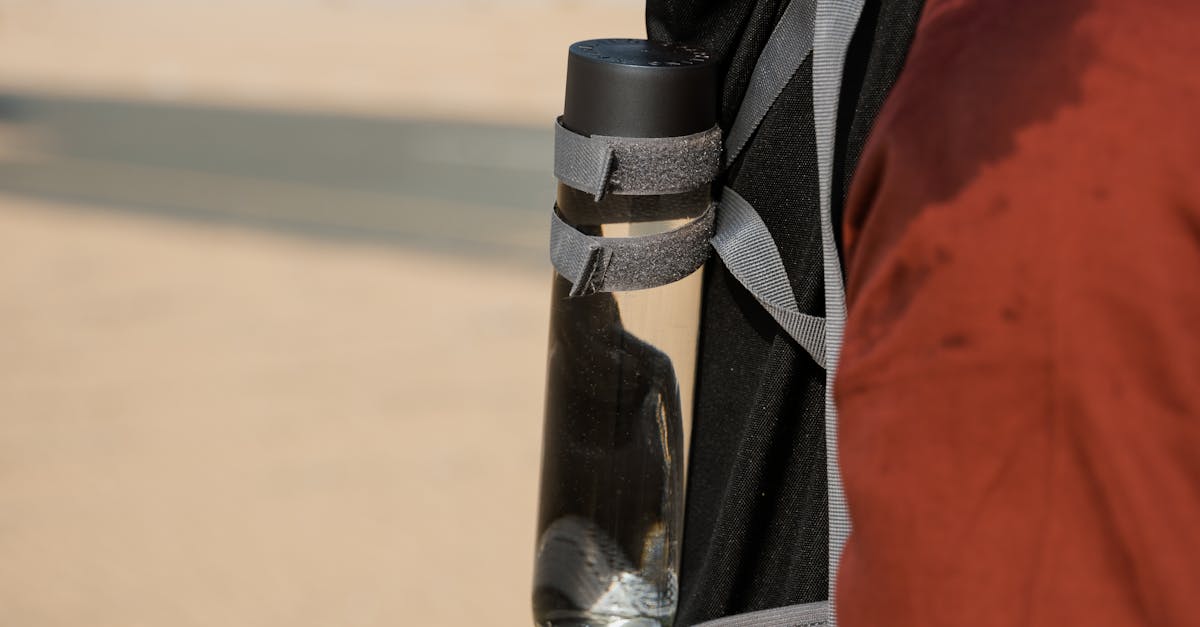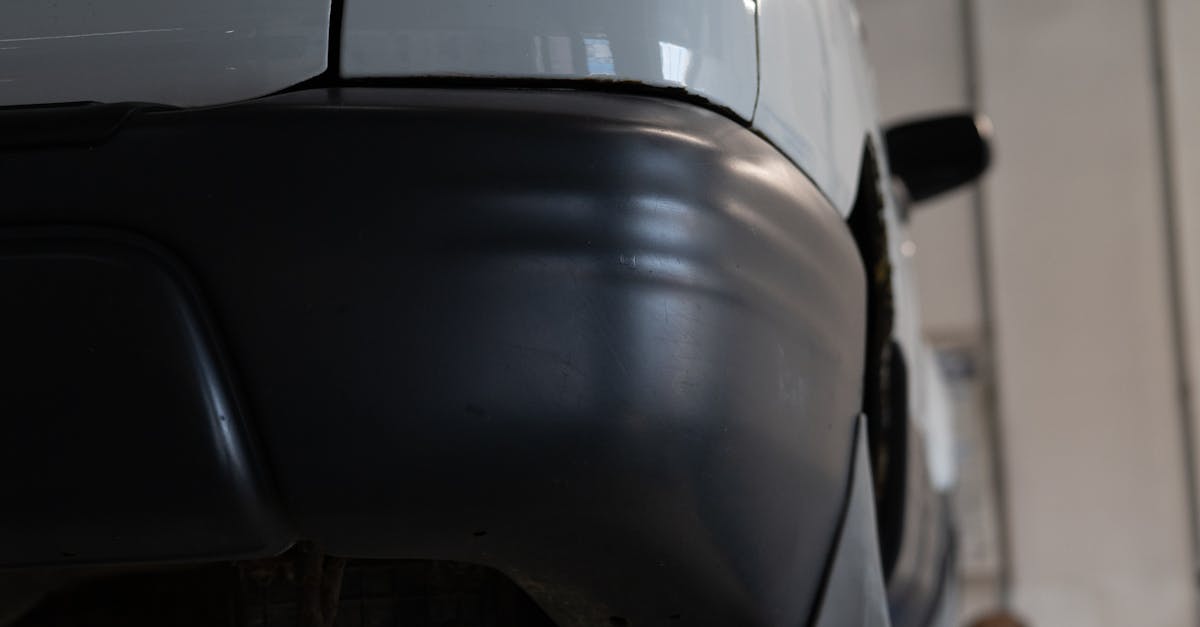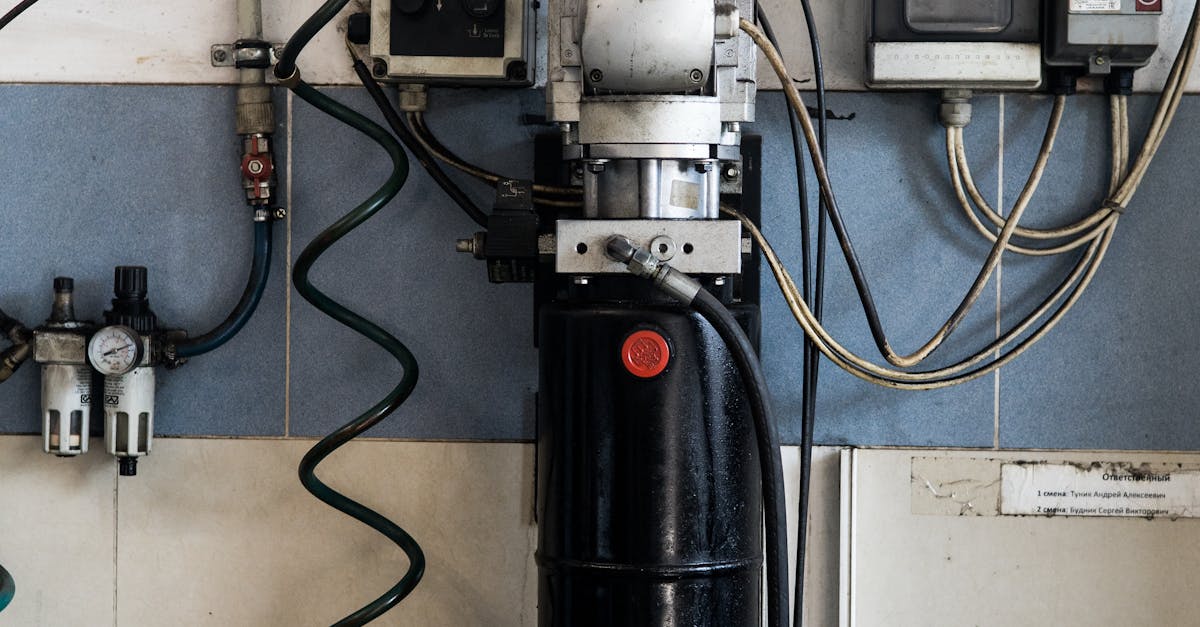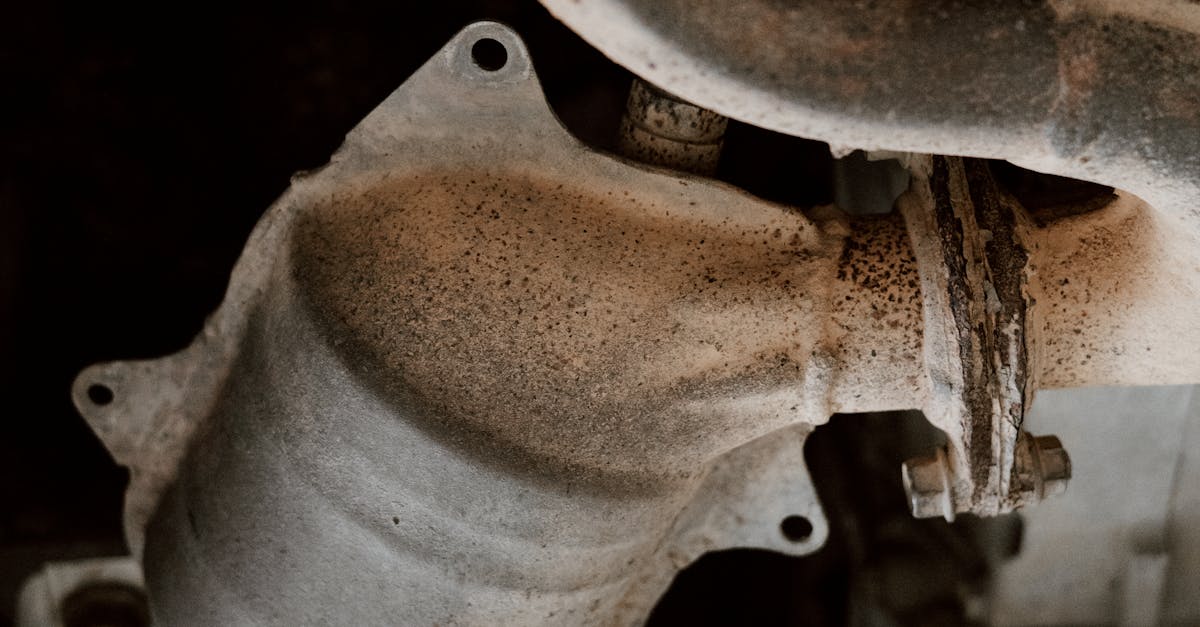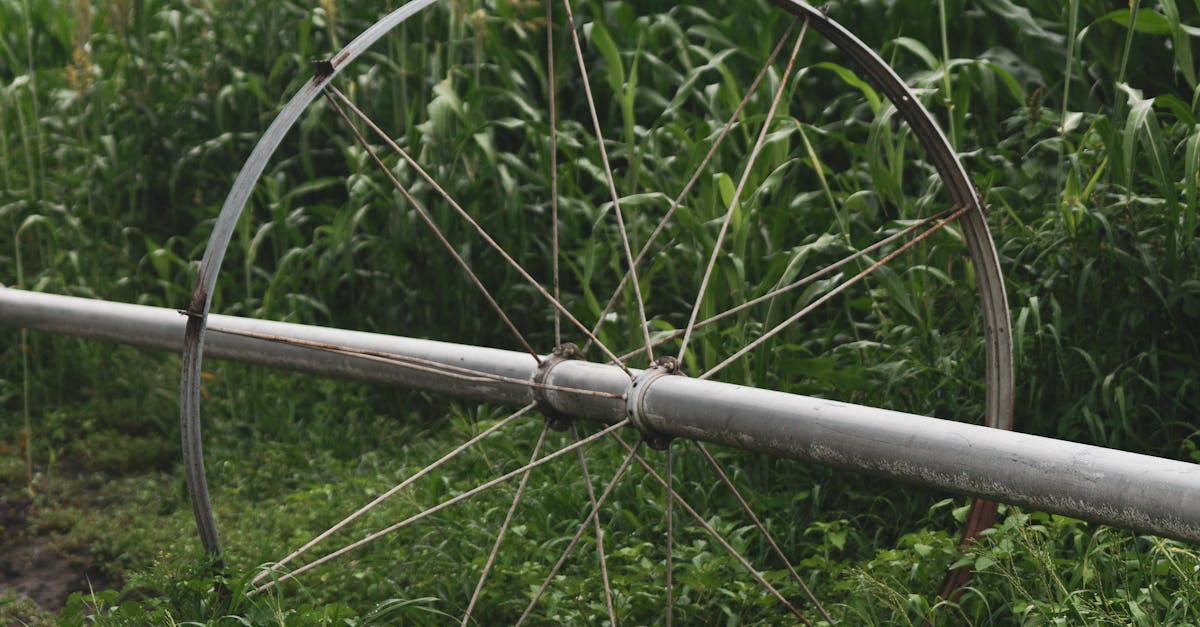
Table Of Contents
Examining Hot Water Supply Lines
Inspecting hot water supply lines is crucial for maintaining optimal water flow. Begin by checking for visible leaks or signs of corrosion along the pipes. Look for any damp spots or water pooling around connections. A thorough examination of joints and fittings can reveal potential problems that might interrupt your hot water flow. If you discover any damage, consider consulting a professional for hot water system repair, as they can safely address issues that might compromise your plumbing.
In addition to visible inspection, assess the overall condition of the supply lines. Evaluate whether the pipes are significantly aged or if there have been any previous repairs. Older pipes may have built-up mineral deposits or other obstructions that can impede water flow. A professional can provide insight on whether repairs are feasible or if piping needs to be replaced altogether. Ensuring that your hot water supply lines are in good condition is essential for consistent hot water delivery throughout your home.
Repairing or Replacing Damaged Pipes
If your hot water flow is inconsistent, damaged pipes may be the culprit. Inspect the visible sections of your plumbing for any signs of wear, such as rust spots, leaks, or bulges. Using a pressure gauge can help identify issues that may not be immediately visible. If you find any damage, addressing it promptly is essential to prevent further problems that could lead to more extensive repairs. Engaging in Hot Water System repair will not only restore the flow but can also save you costs associated with water damage and inefficient heating.
When it comes to repairing or replacing pipes, you have a couple of options. Minor leaks or small damages may be fixed with sealants or patches, while more extensive damage often requires sections of pipe to be replaced entirely. In some cases, it is wise to consider upgrading to more durable materials like PEX or copper, which can offer better resistance to corrosion. Ensuring that your pipes are in excellent condition is crucial for maintaining the efficiency of your hot water system, optimizing performance, and extending the lifespan of your plumbing infrastructure.
Evaluating the Age of Your Water Heater
Determining the age of your water heater is crucial when assessing its performance and efficiency. Water heaters typically have a lifespan of 8 to 12 years, depending on the type and maintenance. Checking the manufacturer’s label will usually provide the production date. If your heater is approaching the end of its expected life, performance issues such as inconsistent hot water flow may suggest it's time to consider upgrades or hot water system repair.
Older models often lack modern efficiency standards, leading to increased energy costs. If you've been experiencing frequent breakdowns or are unsure about the age, it's wise to consult a professional. An expert can help evaluate whether repairing the existing unit or replacing it entirely would be more beneficial in the long run. Investing in a newer water heater can enhance hot water availability and improve overall functionality.
When to Consider Replacement
When evaluating whether to replace your water heater, consider its age and efficiency. Most traditional water heaters have a lifespan of around ten to fifteen years. If your unit frequently requires repairs and shows signs of significant wear, it may be more cost-effective to invest in a new model rather than continue with hot water system repair. Newer units typically offer improved energy efficiency, which can lead to lower utility bills.
Another factor to consider is your household's hot water demand. If you find that your current water heater struggles to keep up with your needs, installing a larger unit or switching to a tankless model could enhance your hot water supply. Prioritizing the reliability and capacity of your hot water system will ensure a more consistent experience, reducing the likelihood of future breakdowns.
Cleaning Sediment Buildup
Sediment buildup in your water heater can significantly disrupt the flow of hot water. Over time, minerals from hard water accumulate at the bottom of the tank, reducing efficiency and leading to potential issues with your hot water supply. Regular maintenance, including sediment cleaning, can help extend the life of your heater and ensure optimal performance. If you notice a decrease in hot water flow, it may be time to address sediment accumulation.
Flushing your water heater is a straightforward process that can alleviate sediment-related problems. You can either hire a professional for hot water system repair or attempt the job yourself with the right tools. Start by turning off the power supply and water inlet. Attach a garden hose to the drain valve and allow the tank to empty. Once drained, turn on the cold water supply briefly to stir up remaining sediment before draining again. This process will help restore proper flow in your hot water system.
Flushing Your Water Heater
Flushing your water heater is an essential maintenance task that helps ensure optimal performance and efficiency. Over time, sediment and mineral deposits can accumulate at the bottom of the tank, affecting the heating process and reducing the overall hot water flow. By flushing the tank regularly, you can remove these deposits, which in turn may extend the lifespan of your water heater and improve hot water delivery. This simple procedure can also prevent costly issues that might require more extensive hot water system repair.
To flush your water heater, start by turning off the power supply and closing the cold-water supply valve. Connect a garden hose to the drain valve at the bottom of the unit and direct the other end into a nearby drain or outside. Open the drain valve and allow the water to flow out, taking care to wait until any sediments are cleared. After the tank is empty, close the drain valve, remove the hose, and refill the tank with fresh water. Restoring power or turning on the gas will enable your water heater to start heating the water again. Incorporating this maintenance task into your routine can prevent issues and contribute to a more efficient hot water system.
FAQS
What are some common causes of low hot water flow?
Common causes of low hot water flow include damaged or clogged supply lines, sediment buildup in the water heater, and issues related to the age or malfunction of the water heater itself.
How can I tell if my pipes are damaged?
Signs of damaged pipes include visible leaks, water stains on walls or ceilings, reduced water pressure, and unusual noises coming from your plumbing. If you suspect damage, it's best to consult a professional.
How often should I flush my water heater?
It is generally recommended to flush your water heater at least once a year to remove sediment buildup and maintain efficiency. However, if you have hard water, you may need to do it more frequently.
When should I consider replacing my water heater?
You should consider replacing your water heater if it is more than 10-15 years old, is showing signs of rust or leaks, or if the repair costs exceed half the price of a new unit.
Can I fix hot water flow issues myself?
Some minor issues, like flushing the water heater or checking for visible leaks, can be addressed by homeowners. However, for more complex problems or damage to pipes, it’s advisable to hire a professional plumber.




